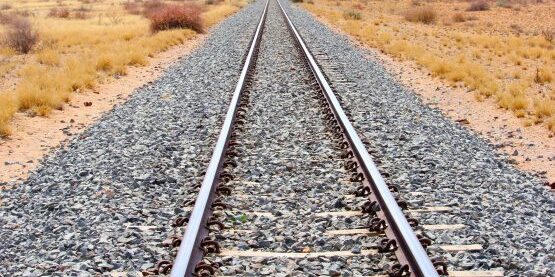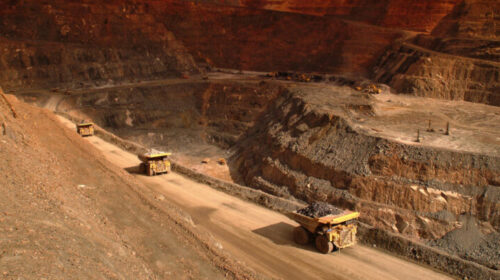Lobito Atlantic Railway Assumes Operatorship of Lobito Corridor
The Municipal Administration of Lobito has officially handed over the concession of railway and logistics services of the Lobito Corridor to the Lobito Atlantic Railway, a joint venture comprising commodity company Trafigura; international construction and infrastructure firm Mota-Engil; and independent rail operator Vecturis.
The transfer of the concession will see Lobito Atlantic Railway lead the operation, management and maintenance of a 1,300km railway connecting the Lobito port to Luau in eastern Angola over a period of 30 years.
The railway will extend an additional 400km, running through the Democratic Republic of Congo (DRC) and Zambia in the heart of the copper belt, thereby boosting trade for the three countries.
The Lobito Atlantic Railway will invest $455 million in Angola to secure 1,555 wagons and 35 locomotives, and to additionally train its workforce as part of the concession.
A further $100 million investment will be made in the DRC, with potential for additional investment in Zambia in the future.
Commenting on the role of the Lobito Corridor in driving socioeconomic developments across the region, H.E João Manuel Gonçalves Lourenço, President of Angola, stated that the project “will certainly boost intra-African exports which currently account for only 14% of the total exports for the rest of the world.
Figures like this show us the importance and necessity of putting our infrastructure at the service of the economic and social development of our countries and our continent.”
H.E Ricardo Viegas d’Abreu, Angola’s Minister of Transport, added that the project has the potential to unlock new foreign direct investments into Angola from U.S, European and international private sector investors.
In addition, by enhancing cooperation between Angola, the DRC and Zambia as well as among private and public sector entities, Trafigura CEO Jeremy Weir stated that the Lobito Corridor “has huge potential to boost the development of sectors along the line, including heavy industry, agriculture and mining, creating new jobs and new opportunities.”
77 total views , 1 views today





